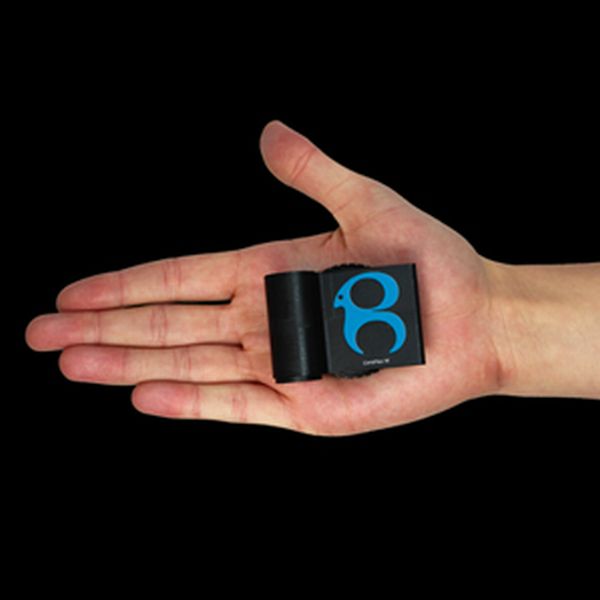Now paralyzed patients would soon be conveying their thoughts via remote control manually attached to their skull. Experts at Brown University in collaboration with Blackrock Microsystems, a firm based in Utah have fabricated the wireless device. They claim that the gizmo can be implanted to the skull of a patient and then the thought commands are transmitted by the inbuilt radio system. As per the sources, once it gets clearance from the U.S. Food and Drug Administration, the device would be tested on volunteers, by the end of this year.
The device is a product of BrainGate, a brain implant system based at Brown. It is the first consortium that pioneered the sensor implant technology in the brain with an external decoder device for connecting prosthetics.
Experiments not practical for home setting
One of the main restrictions of performing these cutting edge technological experiments is that the patient can only use the prosthetic in lab arena and in the presence of lab assistants. The brain waves are aggregated via a cable fixed into the skull, as a wire is screwed into a port, passing it on to a heavy rack of signal processors. Tethering with such numerous electronics at one time is not practical at home-setting added Professor Arto Nurmikko from the Brown University.
Cereplex-W
Technology in Cereplex-W does not involve much of the wiring system rather all the brain data is processed within an automobile gas cap sized device, connected to the skull and wired to electrodes within the brain itself. Processor embedded in the device is used for amplifying minor electrical spikes discharged by nerve cells, while circuits are placed for digitizing data and one radio for reflecting it at a distance of few meters to a receiver.
48 megabits per second is the rate with which the device passes on the information out of the brain, which is nearly the speed of a residential Internet connection. The battery-powered device consumes nearly a fraction of power used by smartphone, that is, 30 milliwatts.
Wireless brain-computer interfaces
Although wireless brain-computer interfaces have been developed before as well and some have crossed the threshold of lab and are sold for animal research but there has never been a device that has the potential of handling numerous inputs along with spewing off megabits of data.
The current implant can transmit data of nearly 200 DVDs in a single day. However, the figure seems huge but with respect to brain, it is not much. Brain is a multifaceted organ, which generates complex executions even for simplest movement. Nevertheless, the firm has started selling its wireless processor called the Cereplex-W for $15,000 to research labs for studying primates.
BrainGate technology is far from eclipsing medicine but effort in fabricating the head-mounted wireless module is a stepping-stone to reach the zenith, which is still high to conquer.
Image: [Extremetech] [Spacecollective]
Source: MIT Technology Review






